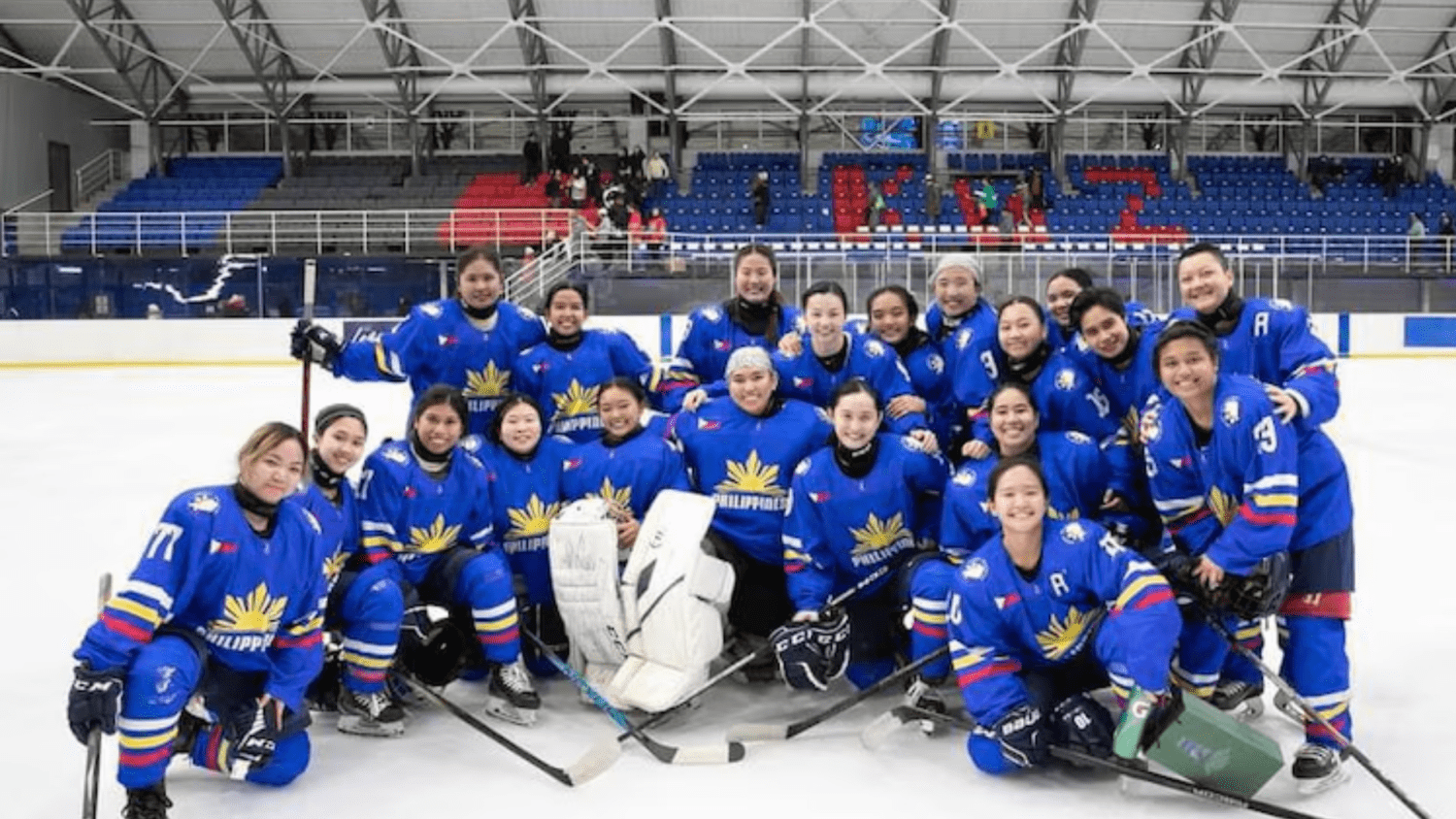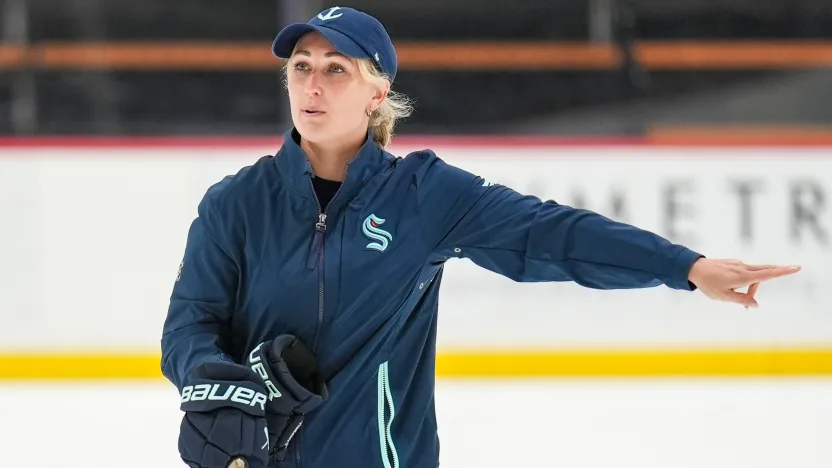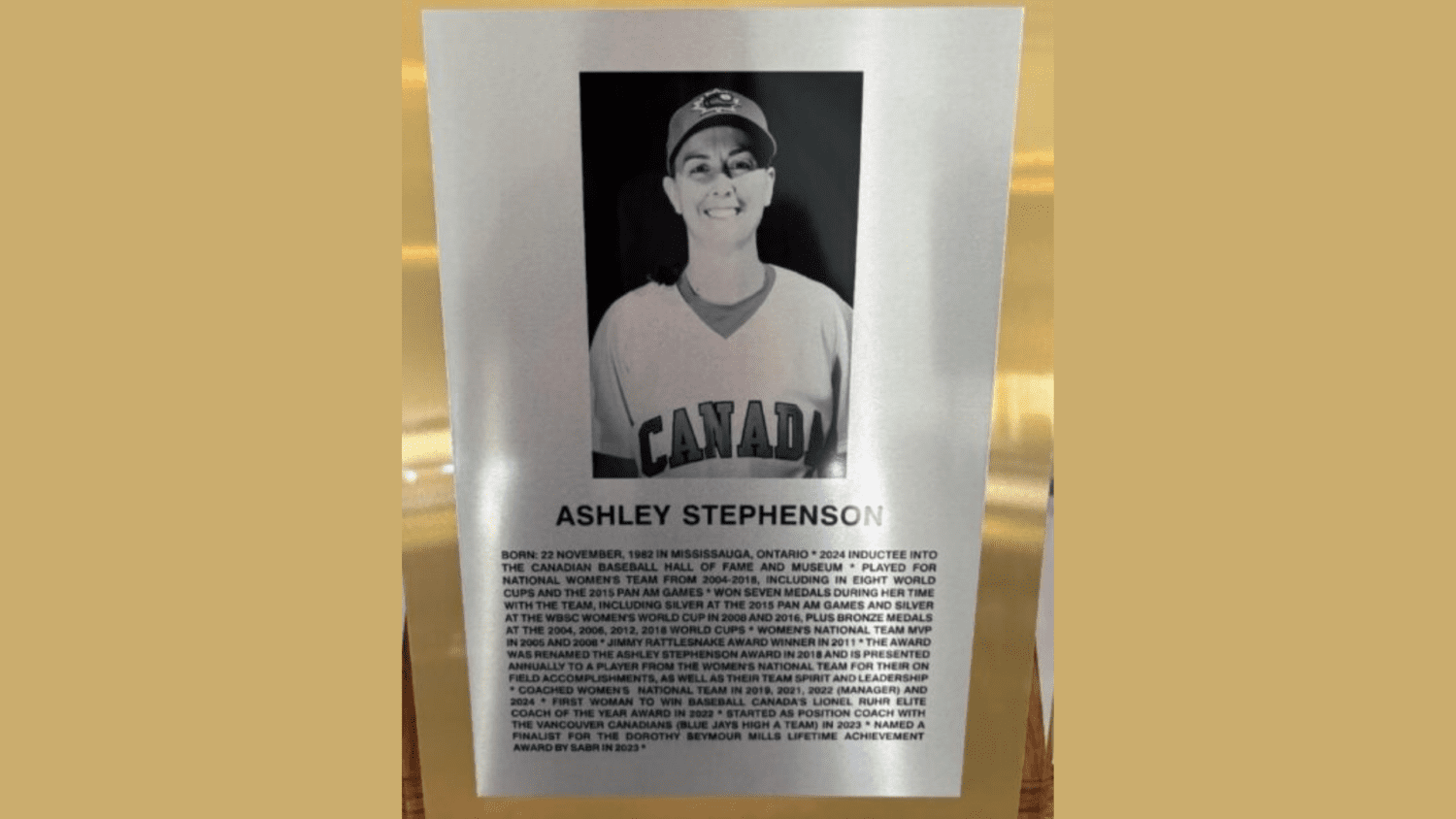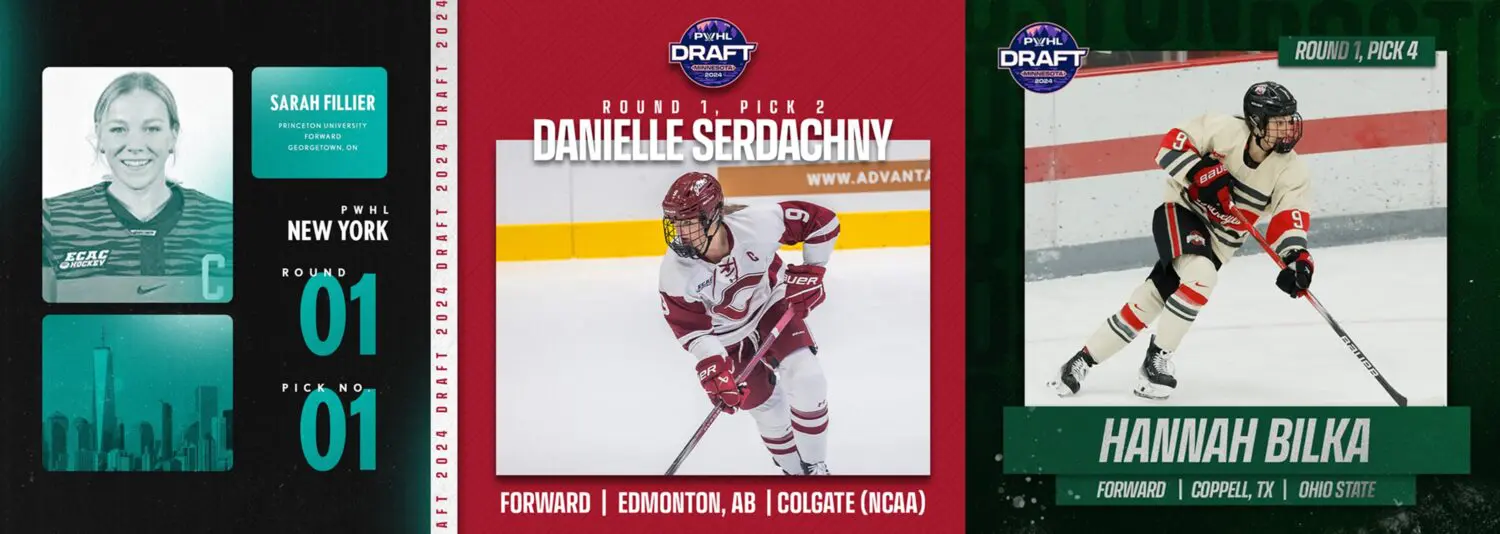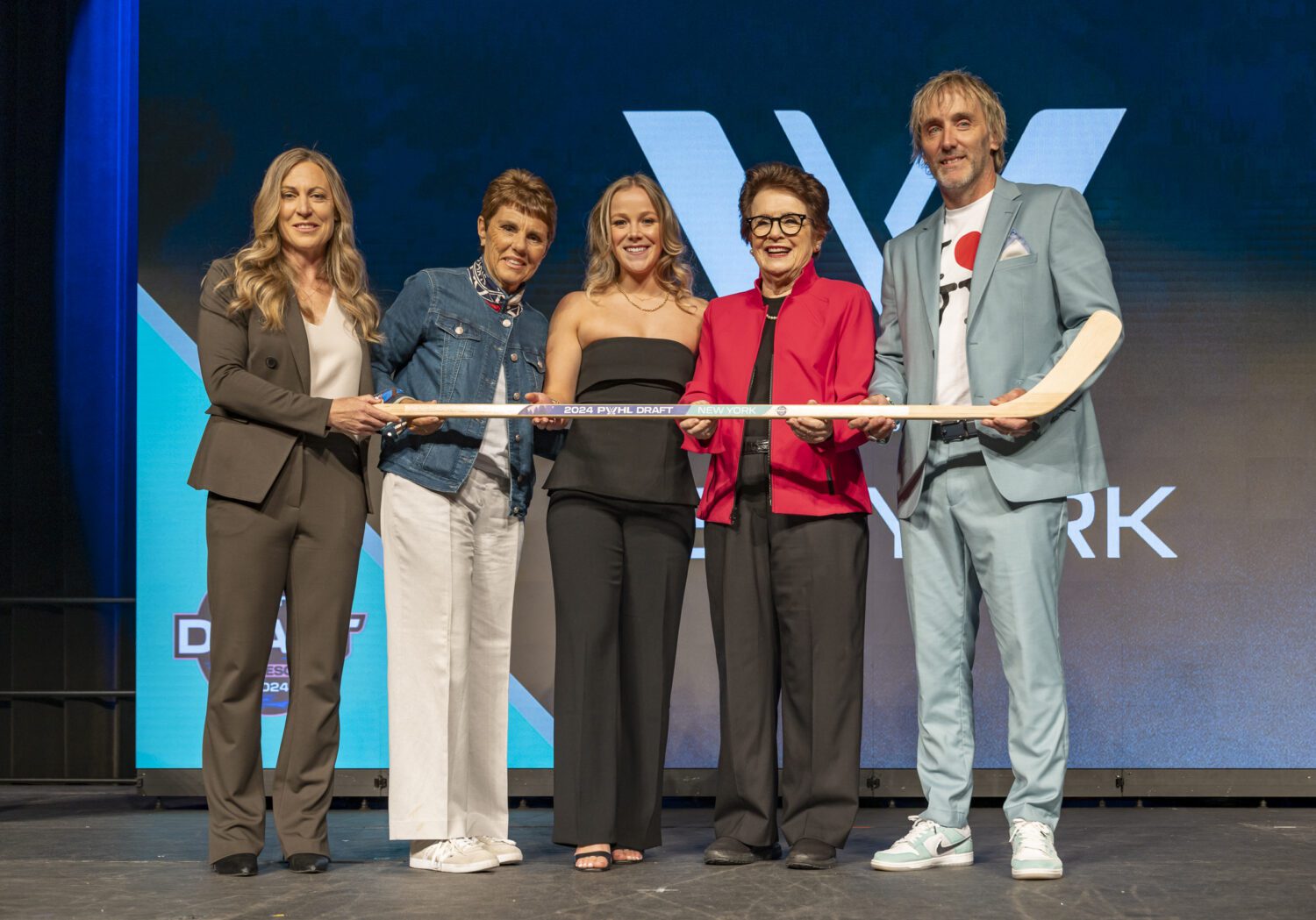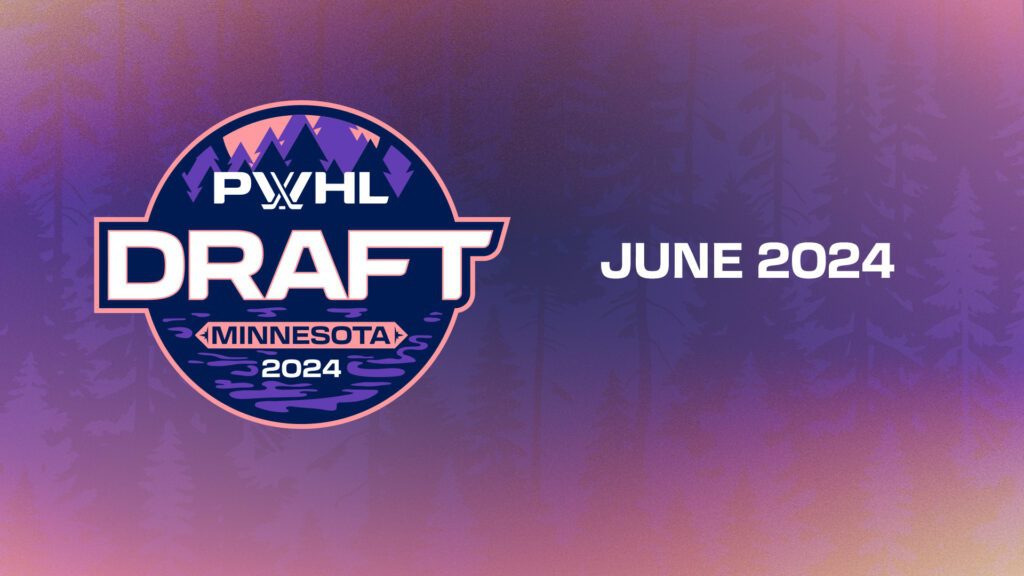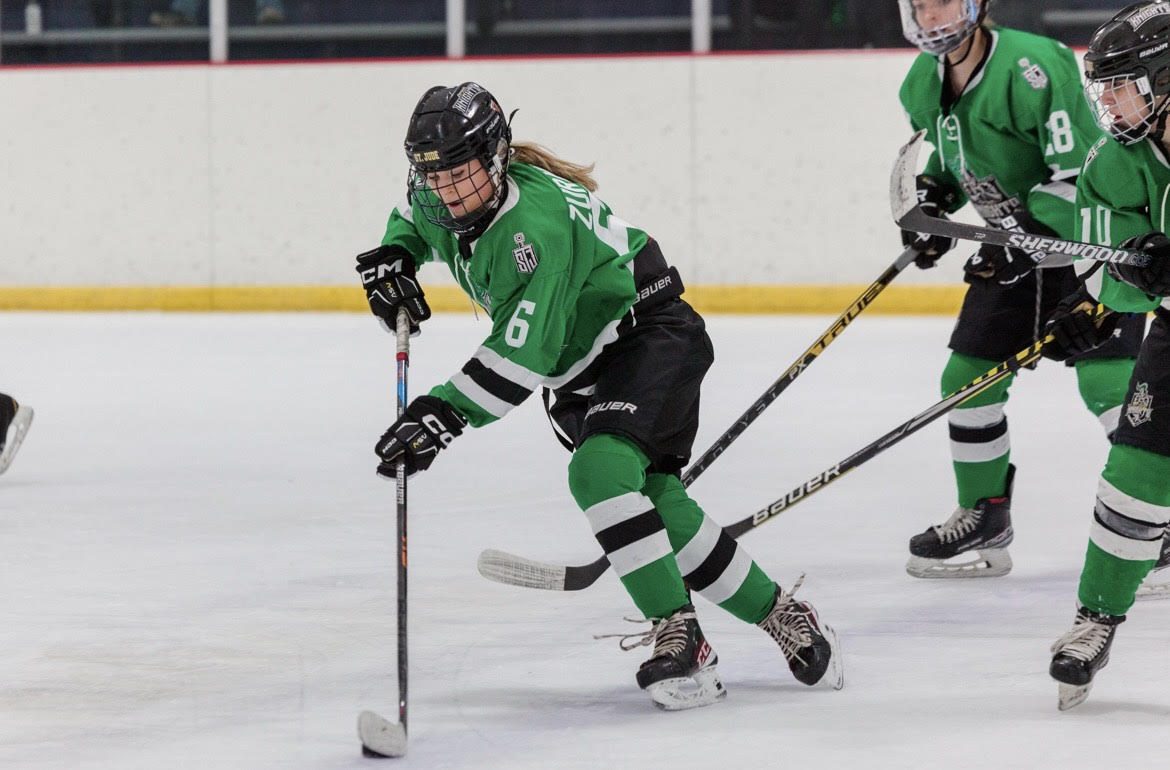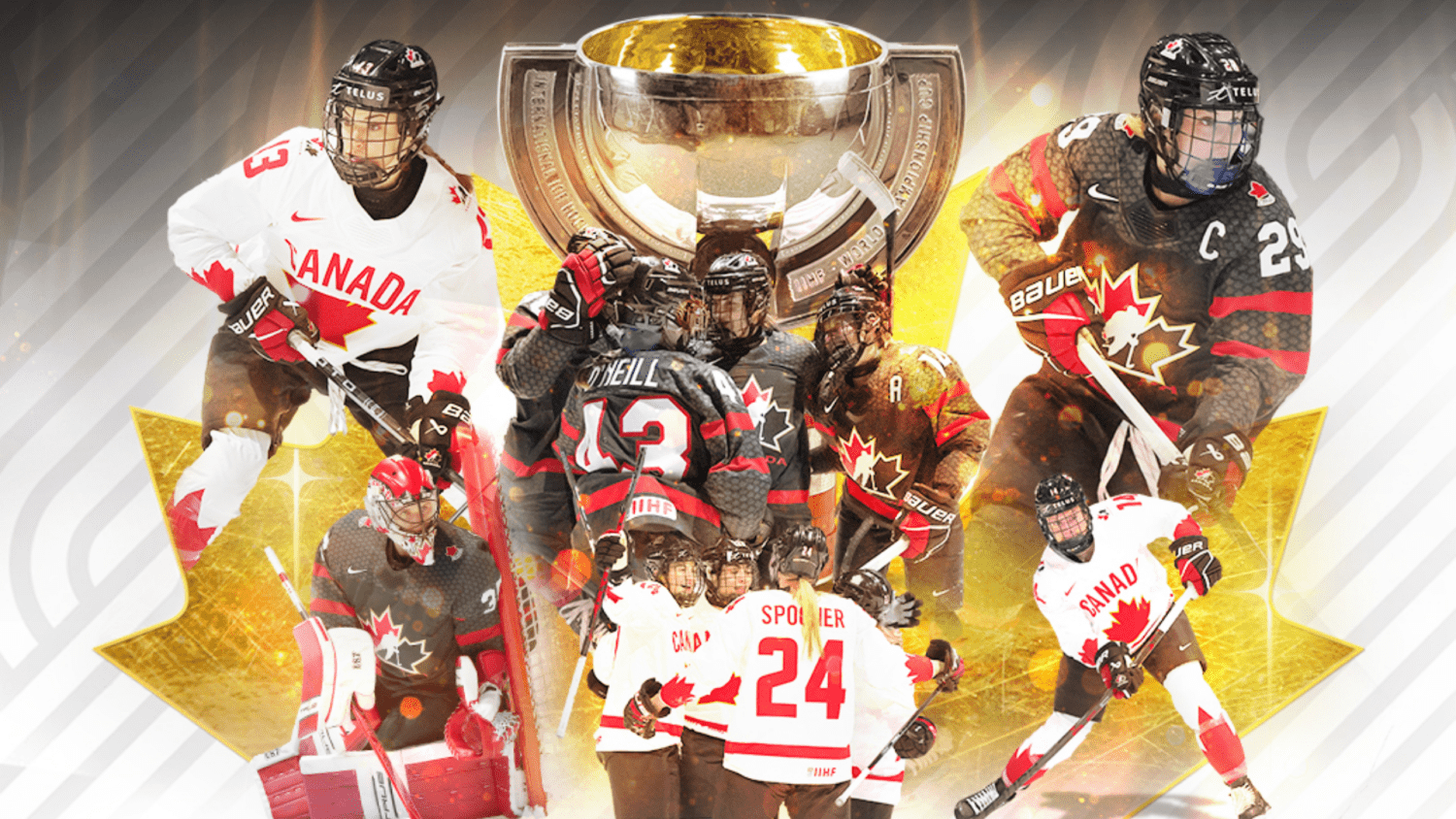Brock University in St. Catharines, Ontario is home to the Brock Badgers women’s hockey team. Head coach, Margot Page is not only an accomplished coach and mentor but also a great ambassador for the game and for females in sport. She has coached in Canada and the USA at the highest university level and also played with and coached Team Canada at the biggest tournaments.
I was able to sit down with Margot for a two-part interview to discuss her life in sports, important lessons and her experiences with the National Team.
Mikayla: How did you become involved in hockey and sports and general?
Margot: I was always like the little tomboy going around following my brother. He was the one who I was always trying to emulate. He was playing hockey and I went into the rink. I wasn’t the kind of kid who was running around, I was watching the game and loving the game. I asked my parents, “Can I play hockey?” and they said “No, only if there’s a girls hockey team”. There was no girls hockey team. I couldn’t play.
We lived in Northern Ontario at the time and we would always go out and play on the lakes. Then one day my dad came home and said we were moving. I didn’t want to leave because I was in grade 5, getting established with my friends. Then he said there was a girls hockey team where we were moving to and I packed up.
I started playing hockey with the Tiverton Big Reds. I was 12 years old and there was ladies all the way up to being around 32 on the team.
As a young girl, how were you treated by your peers? Did your involvement in hockey change the way you were looked at?
You’d be surprised. I started playing more in the 70s and 80s and there was a lot of hockey and especially in smaller communities, there was a lot of hockey for girls. It wasn’t that weird because most of my peers were also very athletic and a lot of my peers also played on the team. It wasn’t odd that we were playing. I think it is more odd in the big cities. In the rural area, there’s a girls hockey team whereas in the big cities, the girls were playing with the boys.
How did your training as a university-level field athlete help your hockey and vice versa?
Anytime you can be a multisport athlete in whatever you do, it just helps your whole athleticism. It compliments both sports. With shot put, you need good leg power and you need technique and that’s basically what’s going to get you some wins. I actually won gold at OFSSA [Ontario Federation of School Athletic Associations] and I was probably the smallest one there. It was all quickness, speed, leg power and good one footedness and in hockey it was the same thing. In hockey, I was smart and I worked hard but I wasn’t highly skilled. I was sort of more the shot putter playing hockey. I was big, tough and getting into the dirty areas and being strong with my legs instead of being the nicely skilled finesse player.
So you played your first World Championships in 1990 with Team Canada, what was it like to join the team and represent your country?
It was huge. It’s so funny because you never thought about it, that it was something that you were going to do, that you were going to represent your country playing hockey especially in that day in age. To be able to do that, I can’t describe it. It was this warm fuzziness and pride. Then the first time you put your jersey on and you see the emblem and you take your picture, wow. That was a really proud moment. That’s something that no one can describe.
Team Canada wore pink coloured uniforms at that tournament, how was that received?
It was really interesting, they did it from a marketing standpoint more so than anything. None of us batted an eye. Me now, if I put myself back there with this much experience I probably would have said heck no, let’s fight for this, let’s fight for red jerseys, our team colours. Back then, I would have worn purple and green and pink if you wanted me to. We’ve come a long way because now it wouldn’t be accepted. There was still lots of pride and it got 10,000 people into the gold medal game. Everybody was wearing pink and they had pink pom poms. It was craziness.
That was the only major international women’s tournament ever to allow body checking, what was that like and was it hard to transition to playing without it?
It was quite different because we played body checking the whole time. 92’ in Finland we were actually allowed body checking to a certain extent but it was European body checking so we really didn’t know what it was. We didn’t know what was being called. This was full on stuff. Any kind of boy’s and men’s hockey that you see at the higher levels. That’s what we played though so we didn’t know any different. When we transitioned out of it, we were like oh ok, different but it became more of a skill game and probably more widely received amongst a lot of us older players. We had to go the next day and work all day and we had families that we had to look after. It was well received and it brought in a really highly skilled game. It’s a little bit safer for being able to go on with your life later on.
During your time on Team Canada you played with some legends in women’s hockey, what was it like to be around them?
You can learn anytime, even little Hayley [Wickenheiser], like she was 15 when I played with her, it’s just crazy. To be able to play at that level and to be able to play with people who will push you and challenge you and try to make you better was awesome. I could learn all day from them. Geraldine Heaney is a perfect example where I just thought she was a natural ability on the ice which she was but she was so fit. I remember going to Finland and she goes “Hey, you want to go for a run” and I think she did 10 km. I was trying to catch up with her. She trained all the time. I did learn a lot. It’s interesting, I’m a different style of player than a lot of people. Anytime I could see something or be better I was just absorbing and saying “Can I be like that?”
How has the game changed since you played?
It’s been incrementally improved each year and it’s at a level now where I just watch some of the players, what they can do on the ice and the knowledge they have and the passion they have and I’m so impressed. That can be a good or a bad thing because I see at youth hockey, sometimes they’re doing things they maybe shouldn’t be doing. Players aren’t being developed for the sake of winning. Some are basing their successes as a youth hockey coach more on how many people they send to U SPORT, NCAA and National teams instead of worrying about what they’ve done as people and what character they’ve developed.
I always say to all the youth hockey coaches when I’m recruiting and able to give a talk, “I want them to know time management, work ethic, respect and respect for their teammates.” I don’t want to ever teach them these sort of things at the university level. They should be coming in with those tools. That’s the same with basic [hockey] skills. Unfortunately they are losing sight of that and saying “look how many wins I have and how many people I’ve sent off to NCAA.”
No, it’s these other things. I think sometimes with how well we’ve progressed from a hockey standpoint at the youth and U SPORT level, we’re forgetting that aspect of women’s hockey that has been near and dear to my heart and why I’ve loved it so much and why it’s been different from men’s and boy’s hockey.
Thank you to Margot Page for sitting down and talking about her childhood and playing career!
In Part 2, Margot discusses her transition to coaching and mentoring.
Feature Image: Stephen Leithwood
Do you want to play college hockey but have no idea where to start?
Our branch, WHL Academy helps female hockey players and their families navigate the recruiting process!
[adrotate group=”1″]
Related Articles
Categories
Recent Posts
[adrotate group=”2″]


